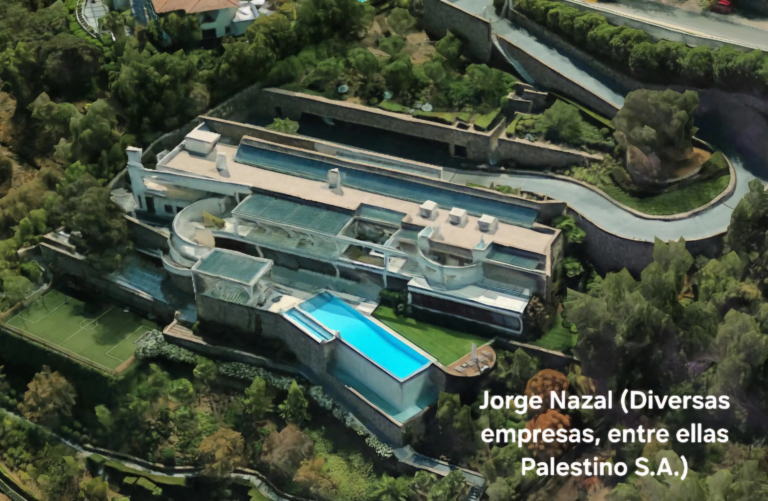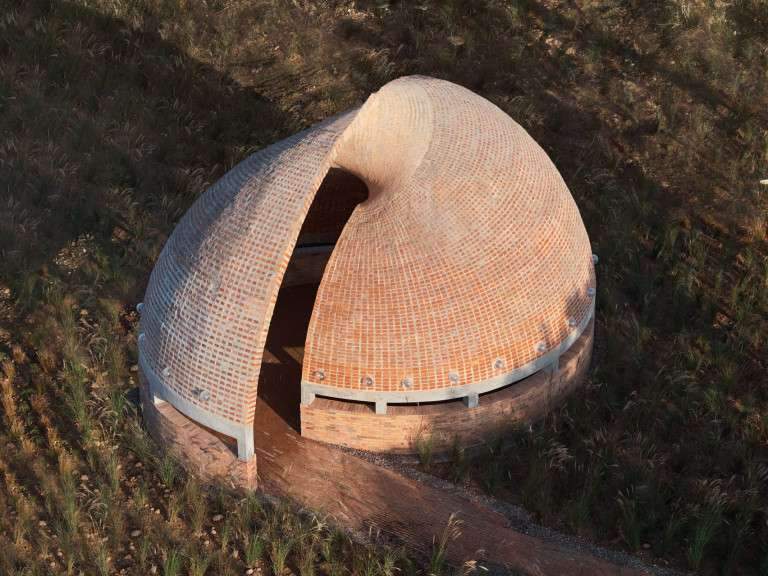Milan: Urban Design as a Foundation for Building a Smart and Sustainable City
Milan is no longer just Italy’s capital of fashion and commerce—it has emerged as a model city that leverages smart urban design to drive sustainable, intelligent development. What sets Milan apart is not only the aesthetic quality of its architecture but also its ability to integrate social, environmental, and technological needs into a cohesive urban strategy, setting a benchmark for Milan smart urban design.
The city’s transformation reflects a broader vision: to evolve from a traditional metropolitan area into a smart city, where infrastructure, mobility, and public spaces are designed with future challenges in mind. This article explores three key aspects of this transformation:
- Urban Regeneration as a Strategy for Smart Growth
- Architecture as a Bridge Between People and Environment
- Transitioning Toward a Digital and Intelligent Infrastructure
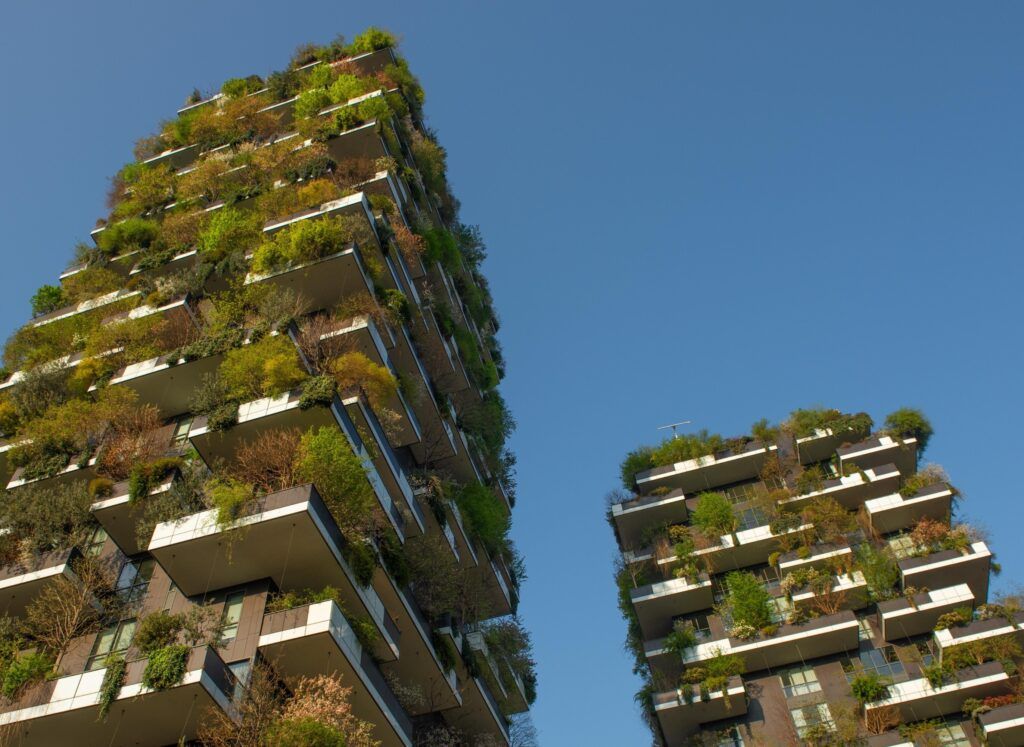
Urban Regeneration as a Strategy for Smart Growth
Milan has prioritized the revitalization of underutilized areas, transforming old industrial zones into vibrant, mixed-use districts. This approach avoids urban sprawl by optimizing existing land use while preserving cultural and historical identity.
Some of the most notable regenerated areas include:
| Area | Type of Development | Key Features |
|---|---|---|
| Porta Nuova | Central District | Home to Bosco Verticale, a pioneering example of green architecture |
| Portello | Former Railway Zone | Converted into a residential and commercial hub with integrated green spaces |
| CityLife | International Mixed-Use Project | Combines modern design with diverse functions in a sustainable setting |
These developments aim not only to meet housing and office demands but also to foster new ways of living, working, and interacting within the city.

Architecture as a Bridge Between People and Environment
In Milan, architecture is more than functional; it plays a central role in enhancing quality of life. Buildings are designed with environmental efficiency in mind—using sustainable materials, optimizing energy performance, and offering flexible indoor and outdoor spaces.
Examples of such integration include:
- MUDEC (Museum of Cultures) : Demonstrates how contemporary architecture can house cultural content and promote inclusivity.
- Prada Foundation : Merges historic industrial structures with new architectural forms to create a dynamic space for artistic research and exhibitions.
- Renovated Historical Buildings : Such as the Luigi Rovati Foundation, where heritage preservation meets modern spatial functionality.
Architecture in Milan serves as a medium for redefining the relationship between people, environment, and culture.
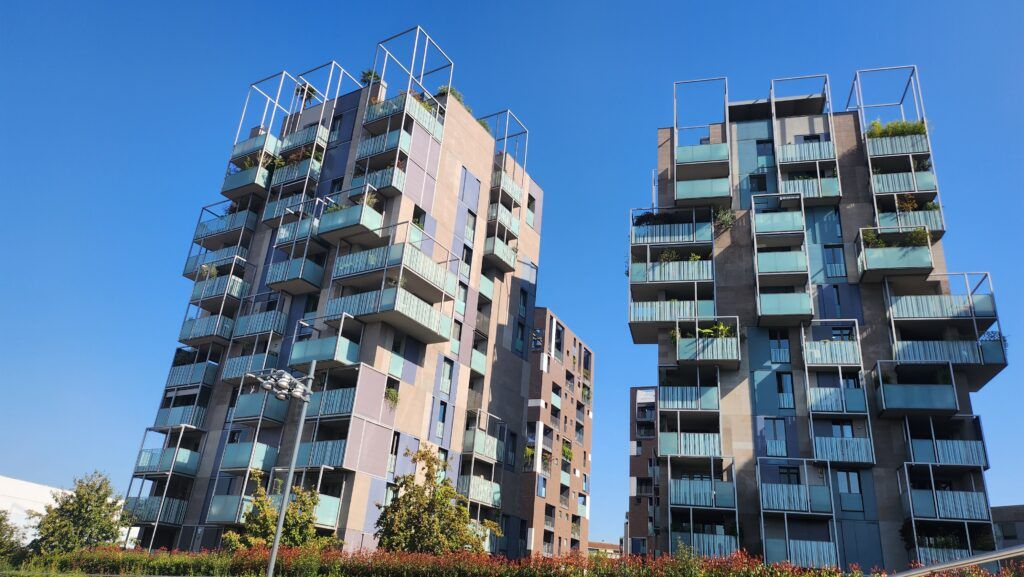
Transitioning Toward a Digital and Intelligent Infrastructure
Milan is actively investing in digital infrastructure to support its transformation into a smart city. The focus is on using data and technology to improve public services, transportation systems, and environmental monitoring.
Key initiatives include:
- Installation of air quality sensors across multiple neighborhoods.
- Development of mobile applications that facilitate multimodal transport options for residents and visitors.
- Implementation of smart lighting systems in streets and public squares to reduce energy consumption.
These efforts illustrate how urban design can serve as an enabler of digital innovation rather than being a passive backdrop.

Frequently Asked Questions (FAQ)
What distinguishes Milan as a smart city?
Its strategic integration of urban design with sustainability goals and digital technologies makes it a leading example of intelligent urban development.
How do new developments contribute to better quality of life?
By providing open spaces, integrated services, and improved access to work and leisure facilities.
Is there a focus on social housing?
While some projects include affordable housing components, there remains a need for stronger emphasis on inclusive urban planning.
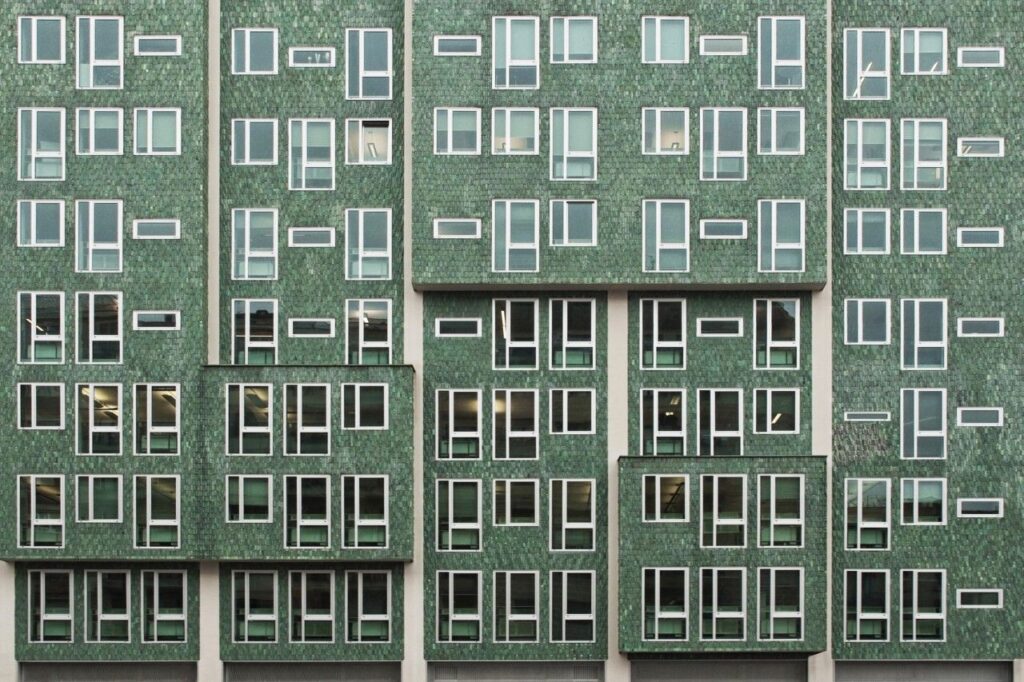
Summary Table of Key Points
| Theme | Key Observations |
|---|---|
| Urban Regeneration | Conversion of industrial zones into multifunctional urban areas |
| Architecture and Environment | Use of design to enhance sustainability and user experience |
| Smart Infrastructure | Integration of digital tools to improve city management and services |
ArchUp Opinion
While Milan is clearly advancing toward becoming a smarter and more sustainable city, several challenges remain. Among them:
- Rising property prices driven by investment-focused development are increasing pressure on middle-income residents.
- Limited social planning within some new projects risks reducing neighborhood diversity.
- Environmental pressures persist despite green initiatives, especially due to rapid urban expansion.
Milan is moving in the right direction, but it must ensure that smart development prioritizes human well-being alongside technological and economic progress. True urban intelligence lies not just in digital infrastructure, but in creating cities that serve all their inhabitants equitably and sustainably.





